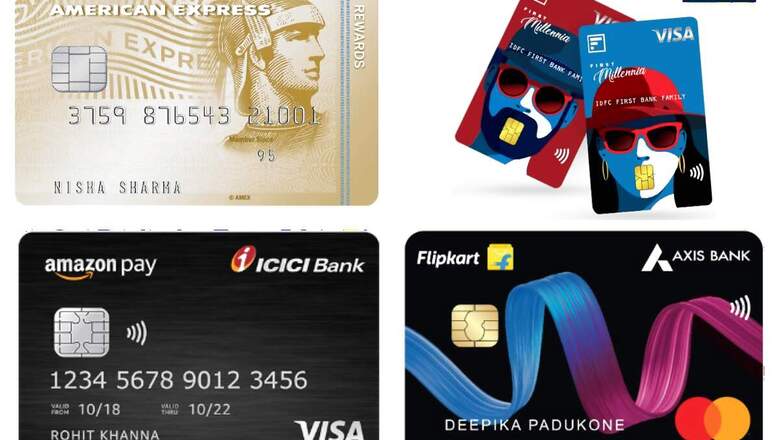
views
Credit cards are becoming a preferred mode of payment for consumers and the offers and rewards that come with it can easily make the consumers drift away. But if you are a financially disciplined consumer, then credit cards can help you avail maximum possible interest-free period.
At the end of every billing period, credit card statements are sent by banks to its users that includes a summary of credit card transactions for a certain period. It is important to understand the fine prints of the statement to avoid getting overcharged by the bank and ending up with more debt. Apart from errors in your name, address and transactions, one should be able to spot things like unauthorised charges, billing errors, due dates, among others on the statement before paying the bill.
The statement date on the credit card bill is helpful to calculate late payment fee. In case you miss out on paying your dues within a stipulated time, then interest will be levied on the amount due and the interest calculation takes the statement date into account.
Another important thing on the credit card bill is the due date. This is the date by which the bank expects to receive payment without any additional charges. However, it is not the date on which payment needs to be made. For instance, if someone makes a credit card payment using a cheque, he/she must deposit cheque at least a week in advance to avoid delay in payments due to unforeseen circumstances.
It is important to note that credit cards come with a three-day grace period. As per RBI rules, banks can impose late payment charges on a card only if the amount due is not paid for more than three days from the payment due date. If the amount due is not paid within the grace period, the interest will be applicable and will be calculated from the payment due date.
Another thing to note is the billing cycle for which the statement is generated. It is the period between two consecutive statement dates which is generally a 30-day period. All transactions made during this period will be reflected in the statement.
Total amount due is the amount to be paid in the billing cycle. This also includes interest applicable on any late payment charges on the previous bill apart from the transactions made.
Another important aspect of the credit card bill is the minimum amount due. It is the minimum amount that needs to be paid to avoid being charged a late fee. It is a percentage of the outstanding amount. But if a cardholder only pays the minimum due, the interest will start accumulating on the outstanding amount until the full amount is settled.
Read all the Latest News, Breaking News and Coronavirus News here
















Comments
0 comment